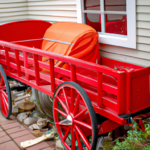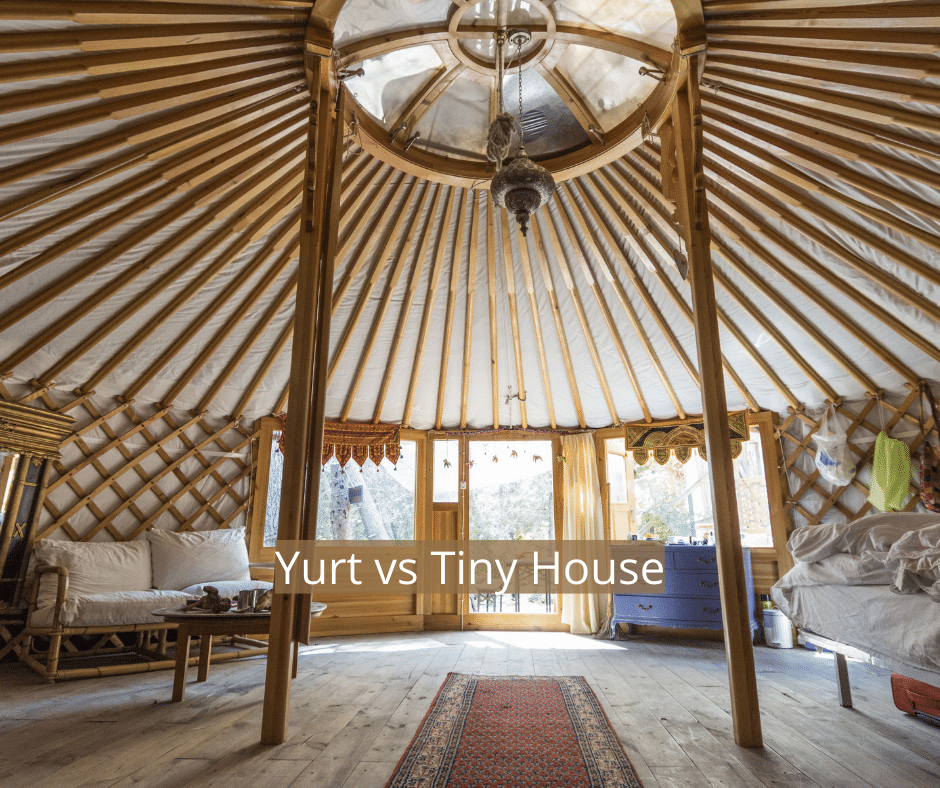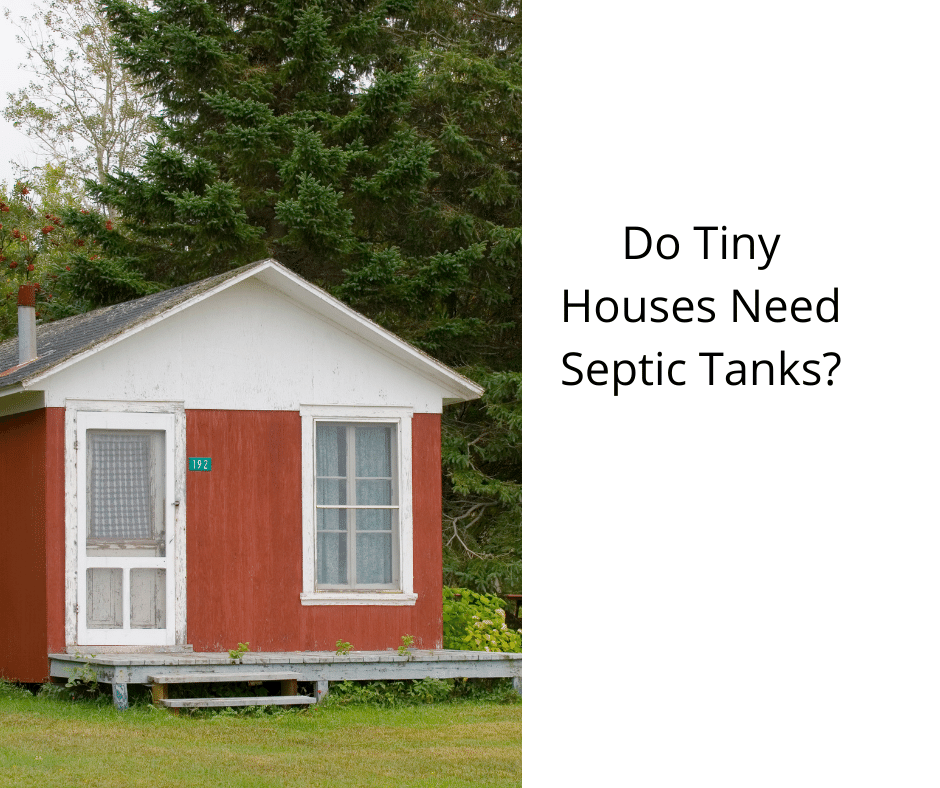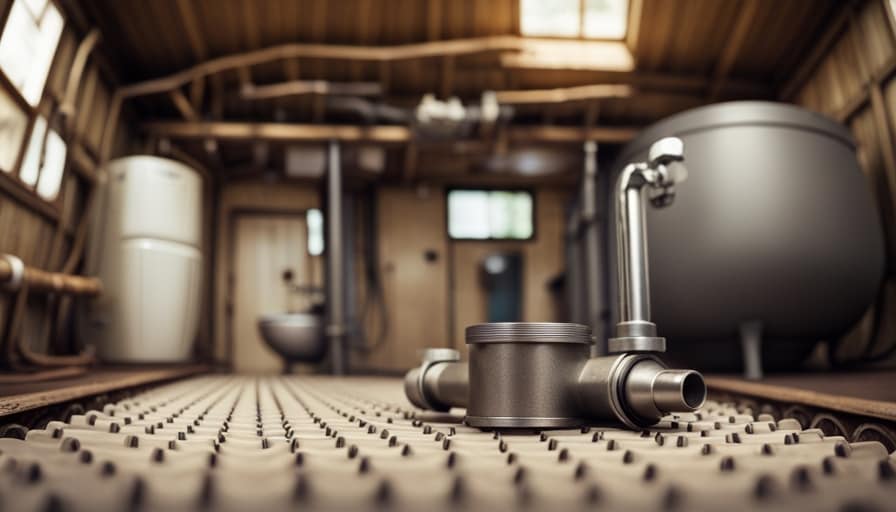Some people have been wondering, “Can I build a small house with no experience?” Luckily, it’s not too difficult, and it is very possible to learn the required skills. Depending on your skills, one option is to volunteer on someone else’s building project. This way, you can gain experience while working on the project, and you may even earn some money while learning.
Cost of Building a Tiny Home
If you have no experience building tiny homes, finding the resources to build a home yourself may be challenging. You can try seeking the help of a family member or friend who has had experience building tiny houses. Such a person will be an invaluable resource and can guide you on the best way to complete the project. This person will also know the cost of building a tiny house. It takes a lot of time and money to build a tiny home, so you should be prepared to spend at least 800 hours building the home.
First, you need to purchase materials. You will need cinder blocks, nails, wood blocks, and other materials. You can also buy used wood and paint to save money. However, be careful not to use treated wood because this will release chemicals when lit. Purchasing these materials can be expensive, especially for small items. Therefore, you should be prepared to spend a few hundred dollars on building a tiny home.
Another cost is the land. Depending on where you live, you may need to purchase land to build your tiny home on. Moreover, you may also have to pay higher interest rates on land loans, as it is considered a risky project for lenders. To increase your chances of getting a loan, make sure to have a good building plan and a clear idea of the cost of your tiny house.
You will also need to buy furnishings. The final cost of a tiny house depends on the type of appliances and windows and doors used. You may also need to purchase renewable energy sources and septic system, if you live off-grid. These items can add up to a considerable amount of money. If you’re going to buy furniture, make sure you’ve got enough space for it.
The materials you’ll need for a tiny house can range from $14,050 to $54,800. A few extra items, such as special-sized appliances, can add up to several hundred dollars. Lastly, you’ll need to get permits for the tiny house. While a tiny home built on a trailer does not require permits, one built on a foundation does need a permit. The permit fees usually include inspections.
Materials Needed to Build a Tiny Home
The first step in building a tiny home is determining the structure and materials. Most people choose to build their structures out of wood, which is abundant, durable, and easily customizable. You can also build your tiny home out of lightweight metal, which can be obtained from a steel fabricator. Some of these companies offer custom designs and easy-to-assemble steel frame kits. Wood and metal are both relatively maintenance-free.
Building materials are usually inexpensive and easy to find. Choosing materials that are free or cheap is important because some materials are hard to find. While it may be tempting to use recycled materials, building insulation material is a very expensive product. For the roofing materials, you should buy or source reclaimed wood from local timber yards or construction sites. Don’t forget to check garage sales and flea markets for unused or cheap construction materials. Once you have your materials, you’ll need to purchase construction tools like a saw, hammer, and ladder.
For the interior of the tiny house, wood is your best option. Wood is maintenance-free and is a good choice for a small, dry space. If you live in an area where it gets cold or rainy a lot, you might want to consider metal. It will protect the interiors of the house from the weather, but won’t add much to its cozy ambiance. A metal tiny house might be best for an entryway, however.
If you’re not very familiar with construction, you can always volunteer to help with another build. This will allow you to gain experience and learn from other builders. You can also take classes and learn from experienced builders. Regardless of whether you’re building your own tiny house or hiring someone else, it’s still best to have the right materials and tools on hand. And don’t forget to check with a local carpenter for advice and guidance.
First, you’ll need to find a space where you can park your tiny house. You can do this using Facebook’s marketplace or you can use paid ads on the website. Facebook ads can be targeted for a specific age group or income level. Either way, it’s best to ask for help from friends and family. If you’re new to building tiny homes, a professional can help you make the process run faster and avoid beginner mistakes.
Regulations on Tiny Homes
In addition to local regulations, state and county governments have codes for tiny homes. Some counties have no zoning laws, while others have only basic health and safety codes. You should find out what the rules are before buying a lot. Also, consider any utilities that are required for a tiny house. These may vary by state and city. For example, some states require that homes have a carriage house and large windows, while others do not.
It can be challenging to find out what the regulations are, especially for people without experience. Many cities are relaxing their regulations and making it easier for people to build their own tiny homes. For example, in Austin and Fort Worth, they are allowing people to build accessory dwelling units, as long as they do so on unrestricted land. It is possible to build tiny homes in the city, but you’ll still need to know the rules of your city.
Local regulations vary from state to state, but you should always consult a land use attorney if you don’t have any experience in building. In NY, you can consult an attorney about any laws regarding tiny homes. Failure to comply with applicable laws could result in a fine or code enforcement action. To ensure compliance, hiring a construction contractor who knows about tiny home building codes is recommended. This can help you avoid any problems during the construction phase.
Some states require a minimum square footage for tiny homes to be legal. In other states, tiny homes are considered RVs. As such, they must follow state RV regulations. Most states also require a stationary address and proof of residency. Unlike RVs, tiny homes are not allowed to travel for years at a time. This can create an issue if you want to travel with your tiny home. So, when planning your tiny home, be sure to check the rules and regulations in your state before purchasing your first one.
Before you buy a tiny house, consider the location where you plan to build it. Certain locations have building and zoning laws that must be followed. If you have land, you may be able to build legally. If you don’t, find someone who does. Otherwise, you should check local laws and contact the council. In addition to local laws, you should find an online forum where you can ask questions and get expert advice.
Disposing of Trash After Building a Tiny Home
One of the most important considerations when building a tiny home is the issue of poop. These tiny dwellings do not have septic systems, and poop will inevitably come out. To combat this problem, some people choose to buy toilets that divert solid waste to a compost pile. Others opt to buy “dry” toilets, which act like giant diapers and hold the deposits for later disposal. However, this option has its drawbacks. Among other things, the smell is an issue, and some people do not like to set their eliminations on fire.
To save money and avoid trash, you should use recycled materials in your tiny house construction. Besides building your own house with recycled materials, you can also look for them in local garage sales and flea markets. In addition, you can also check construction sites to see if you can find any leftover materials. While these may not be easily accessible, these materials can help you cut down on your costs and waste.
While building a tiny house with no experience can be an exciting adventure, it can also be a messy process. Whether you decide to use solar panels or batteries, you must consider the proper way to dispose of the waste from your project. The right way to dispose of your waste is dependent on your own circumstances, but there are plenty of options to keep you and your house safe. Moreover, if you are living off-grid, you can also use composting toilets to avoid water and waste disposal.
I’m Theodore, and I love tiny houses. In fact, I’m the author of Tiny House 43, a book about tiny houses that are also tree houses. I think they’re magical places where imaginations can run wild and adventures are just waiting to happen.
While tree houses are often associated with childhood, they can be the perfect adult retreat. They offer a cozy space to relax and unwind, surrounded by nature. And since they’re typically built on stilts or raised platforms, they offer stunning views that traditional homes simply can’t match.
If you’re looking for a unique and romantic getaway, a tree house tiny house might just be the perfect option.
















